The cabinets, the worktop, and the floor tiles would be considered the top three kitchen design components.
Together, these three elements and ideas make up the entire kitchen décor; thus, they must be taken into account. This is particularly true for white kitchens, which demand close attention to detail to prevent seeming sterile or chilly.
Flooring combines reflective and absorbent surfaces, making it one of the greatest ways to go with white kitchen cabinets.
After discussing the benefits and drawbacks of a white kitchen, let’s look at what color floor tiles go best with a white kitchen.
A white kitchen’s flooring options
Several variables determine the best flooring for kitchens, which we shall look at below. In any case, choosing resilient kitchen flooring is a given.
The greatest area to finish is the kitchen flooring in terms of total square meters (or feet). A kitchen floor must therefore adhere to a number of specifications.
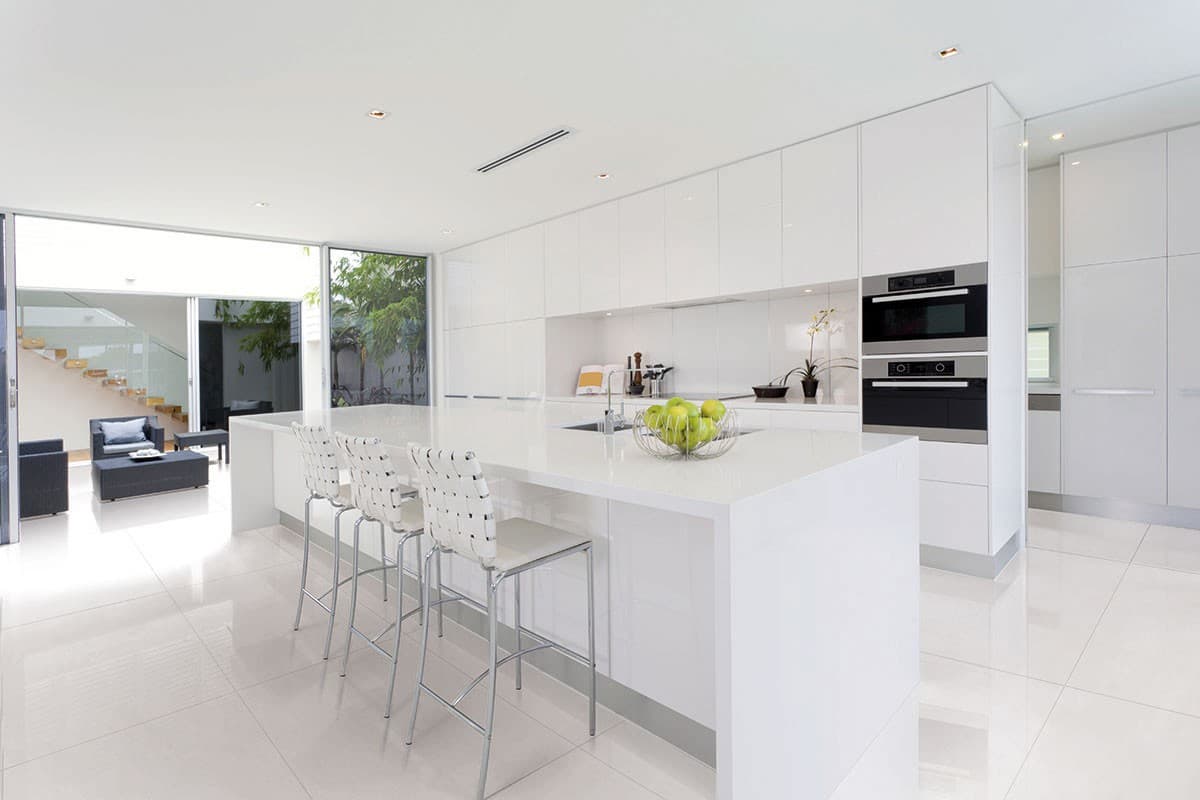
Health and safety requirements apply because the kitchen effectively functions as a workplace. In an open floor plan, it is also a space where we host events and welcome visitors.
The following are the main practical issues for the kitchen floor:
In order to handle more foot traffic in the kitchen, it must be durable.
It must be stain- and moisture-resistant.
It must be slip-resistant even when wet.
It must be appealing.
The kitchen floors are white.
For the purists among you, a kitchen with white cabinets needs a kitchen with white cabinets.
It takes skill to pull off this delicate design trick, but the result is one that is cohesive. It is strongly advised to combine complementary but distinctly different tones because there are so many various colors of white.

Choosing dark grout that emphasizes the modular design of the floor tiles is another easy trick to make white flooring look good. And it appears quite fashionable.
Kitchen floor tiles in black and white
It is now possible to recreate the traditional black and white tandem checkerboard floor tile pattern in a much more modern manner. Adjust the angle to 45° to give the space a sense of movement that will contrast well with the white cabinets.
Try experimenting with the size of the tiles, such as using larger or smaller checkered tiles, for a more contemporary and innovative twist on traditional flooring.
Replace the squares with tiles in octagon shapes, and add grey as a variation color for a cutting-edge contemporary look.
Wood flooring and a white kitchen
One of the most flexible color schemes for a kitchen is white and real wood or a wood-like look.
In spite of this, there are numerous wood color options, ranging from light pine to dark hardwoods. Scandi, minimalist, contemporary, rustic, or kitchen cabinets fit well with this lovely fusion.

A sleek white cabinet in either gloss or matt gives the appropriate counterpoint to the timber grain. Due to their durability, wood impression tiles, laminate flooring, or vinyl tiles outperform real wood around the working area of kitchen cabinets.
These synthetic wood substitutes combine magnificent appearances, resistance to wear and tear and slip- and waterproof properties.
Dark floor and a white kitchen
Black and deep grays, like anthracite, are quite forgiving in terms of upkeep when it comes to kitchen flooring.
The timeless pairing of black and white is always in style since these two hues go well together. Dark floor tiles transform the flooring into a neutral pedestal or blank canvas, which lets the cabinets take center stage.
Grey floor and a white kitchen
Due to its chromatic similarity to white, one of the greatest color pairings for a white kitchen is grey.
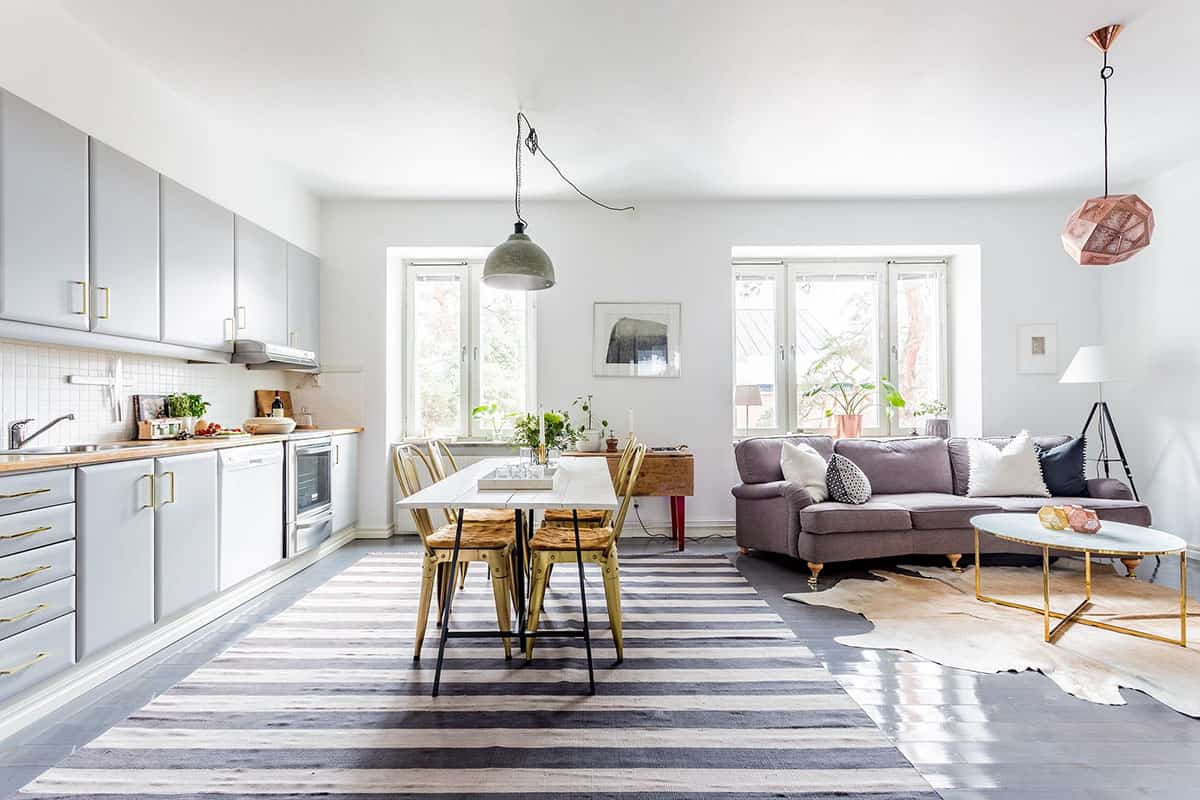
There are numerous hues and color intensities within grey to suit every preference without veering into black. The shade selection is influenced by the amount of natural light and personal preference.
Combinations of hues and textures with white kitchens
The flooring type may have an impact on the color chosen. Here is a list of common tiles that complement white kitchens. It all relies on the decorative impression we want to achieve.
Tiles that resemble concrete
The porcelain concrete effect tile delivers a realistic appearance and texture for a kitchen with a more industrial feel.
Large-format tiles with few joints will aid in giving the appearance of a continuous floor. The appearance, when set off by a gloss white cabinet door, is sophisticated but incredibly durable.
tiles with a grey marble look
Grey marble is a timeless option for décor and looks stunning against white.

The veining design adds texture and visual appeal while providing the perfect counterpoint to the uniform white cabinets.
decorated tiles
A pattern floor tile in the kitchen can stand out more in contrast to the stark white cabinets.
Keep a busy geometric design inside of a more restrained color scheme. It will function best with a color scheme of one or maybe two colors.
Stone-like floor tiles
Stone’s unique characteristics are highlighted by its texture and appearance against white.
The finishing process—honed, polished, flamed, hammered, etc.—determines a lot. For instance, white cabinetry can look even nicer next to a slate floor with light grey seams.
On the other hand, a lighter stone, such as limestone or travertine, will attract attention to the stone’s texture. Stone-effect tiles are an additional choice that requires less upkeep while producing the same outcome.
How are white kitchen floor tiles cleaned?
White tiles demand more frequent cleaning. The grout between the tiles needs to be carefully considered. Otherwise, your efforts won’t be fruitful.
Tiles: Use warm, but not very soapy, water. The best detergent is a mild one. Half a cup of vinegar should be added to a bucket of boiling water.
Clean the mop head as you go while wiping the floor, then do it again with fresh water.
Grout: Mix sugar and warm water in the grout, then scrub the mixture into the grout while wearing rubber gloves. Work in small parts. To cover up tenacious dirt in the spaces between the tiles, grouting paint can be used.

The finest flooring for a white kitchen is…
There is no doubting the adaptability and elegance of white and timber combined. Nowadays, alternate surfaces like porcelain, laminate, or vinyl are used to overcome the upkeep issue with wood.
Because there are so many different natural wood tones available, it’s a really flexible option in terms of color scheme. But more significantly, the texture and grain serve as the perfect counterpoint to draw attention away from the white cabinets and vice versa.
Which flooring shade works best in the kitchen?
Darker colors are unquestionably more useful because they hide many crimes: the colors beige, brown, black, and dark grey aid in hiding the filth. Contrarily, a darker color makes the flooring’s dings and scratches more obvious.
As a result, warm timber tones and midrange greys frequently work best. These hues help hide signs of aging and do not overtly highlight spills or other transient stains.
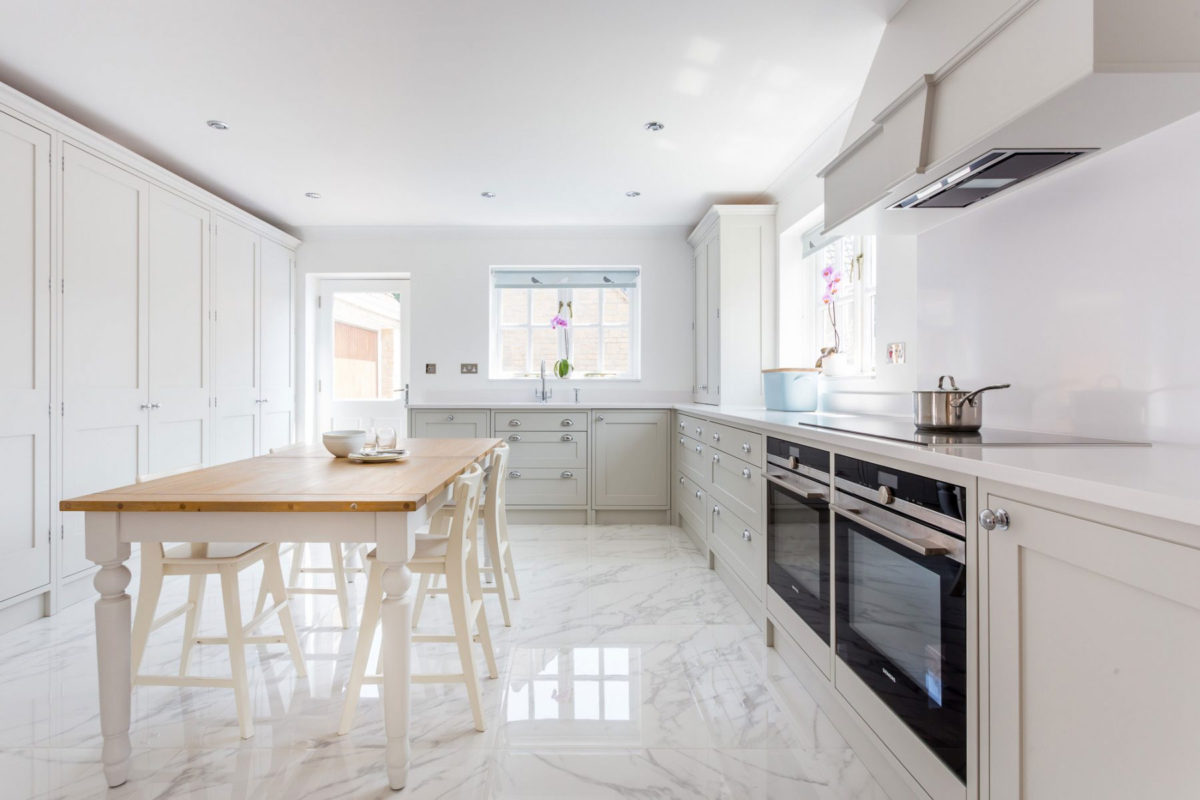
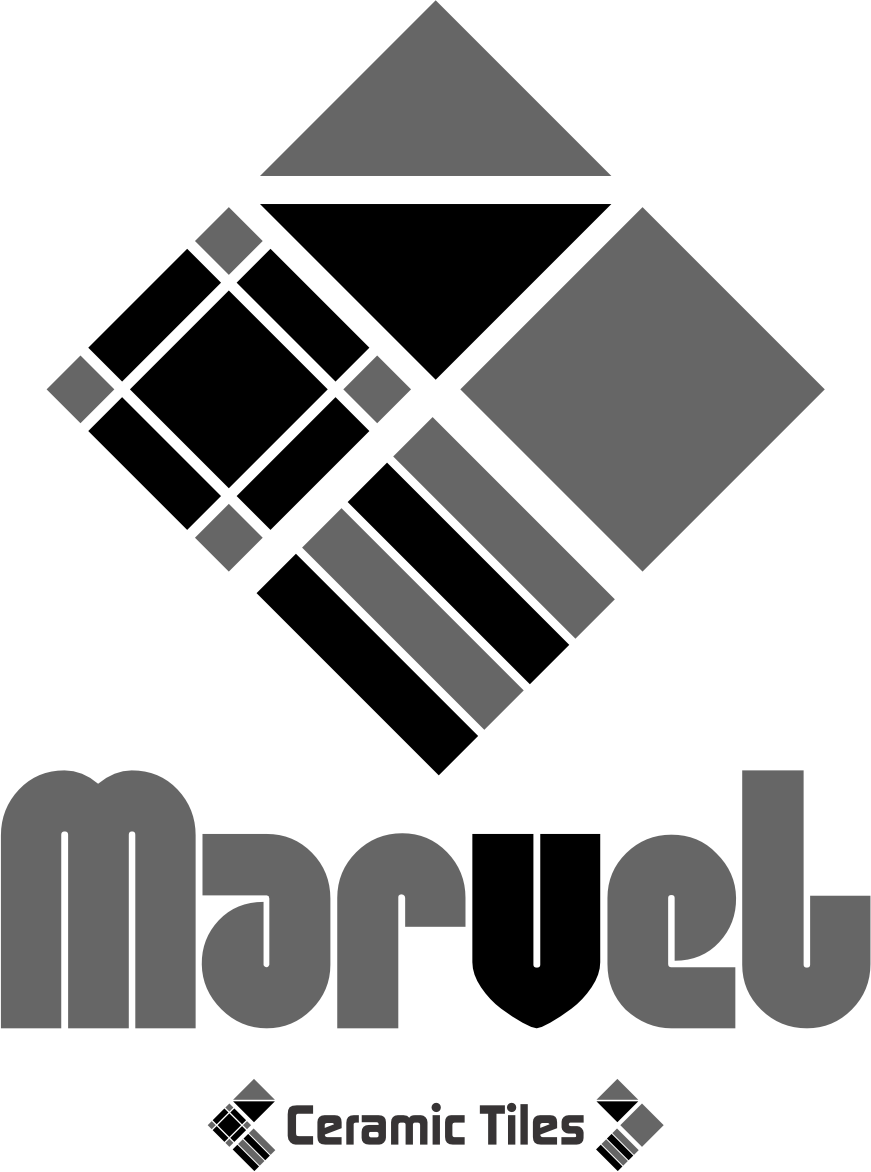
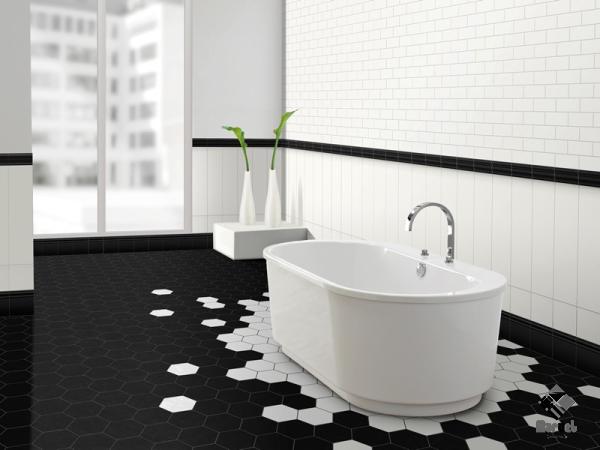
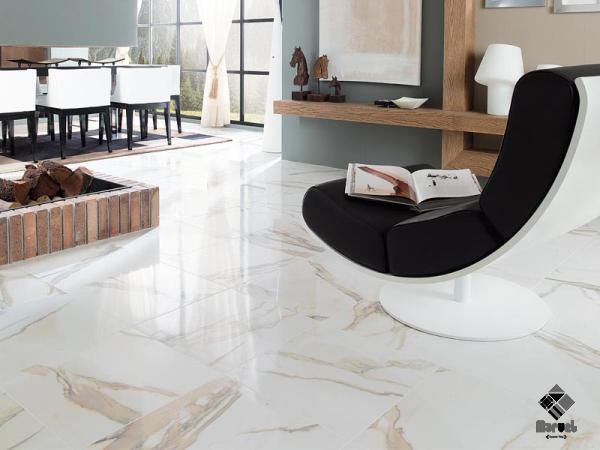
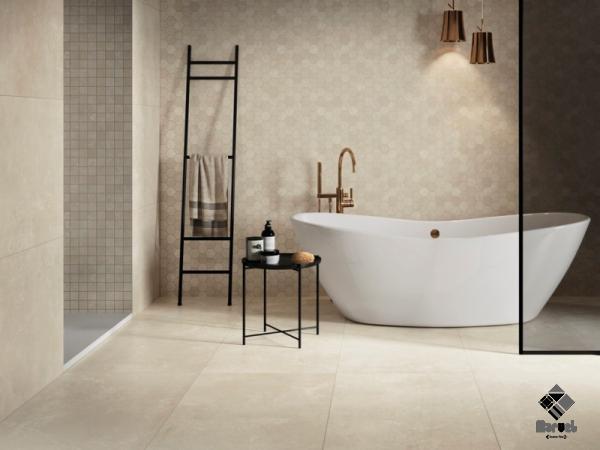
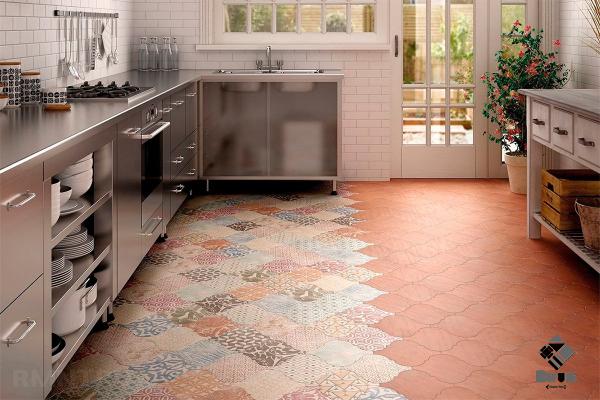
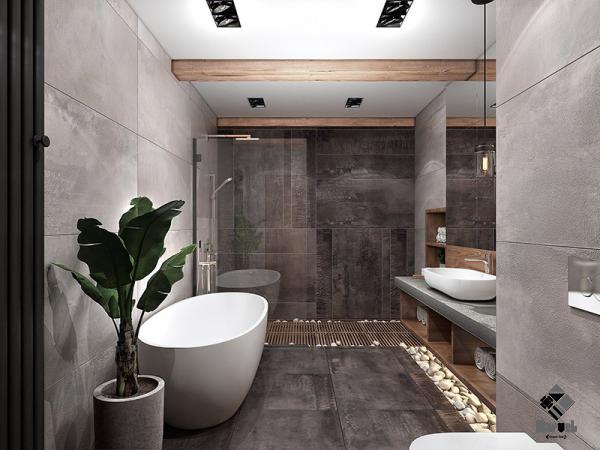
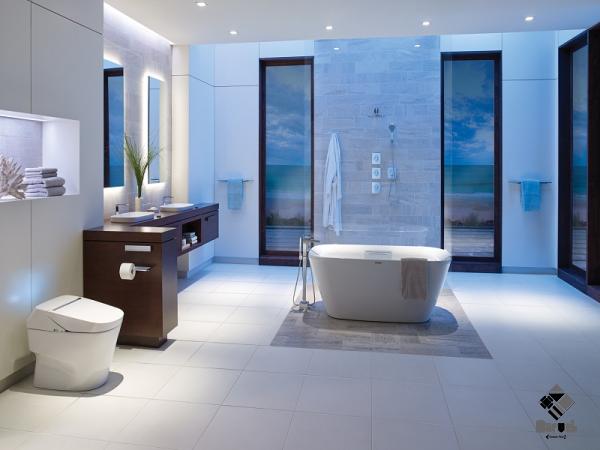
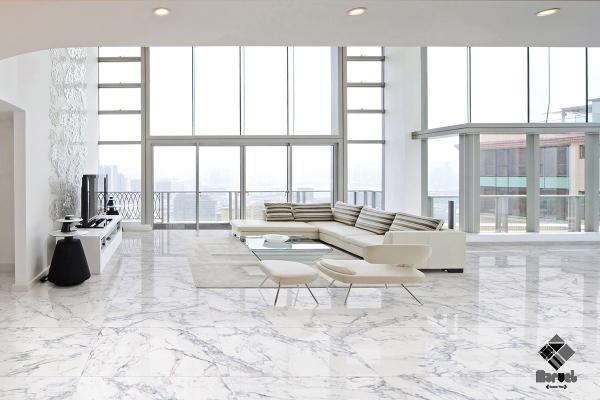
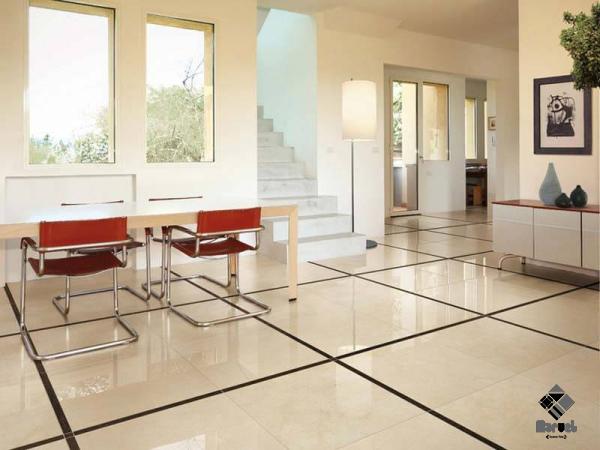
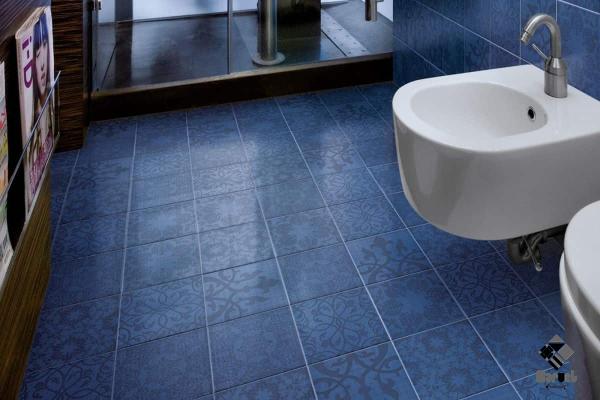
Your comment submitted.